Thanks for checking out our elections coverage. We try to cover at least one race a year in an in-depth, meaningful way, and 2019 finds us at it again. The only difference is that James Kennedy, artist and founder of the much-loved “Unsung Eats” column here at the Glass, has wrested control of the interview-ometer away from the editors this time around. In an act of tremendous ambition (or lunacy) he committed to interviewing ALL the candidates for North Adams City Council (assuming they all got back to him). We hope you enjoy this campaign season series, brought to you as a service to the democratic process and the peaceful transition of power.
Editor’s Note: This conversation has been abridged for space and clarity. No information provided by the candidate has been checked for accuracy.
Tell us about yourself.
My name is Ben Lamb, and during the day I am the Director of Economic Development at 1Berkshire, which means I get to work with the whole county on this idea of wraparound economic development. But then, more importantly, I am a dad to a rambunctious two year old toddler. I have my partner Emily here in North Adams. We have a dog, a house, and we love living here. I am finishing up my third term right now as a North Adams City Councilor, which is probably one of the other biggest hats that I wear. I am a PhD student and founder of the NAMAzing Initiative and just someone who is in love with the city of North Adams and always is trying to do what I can, both tactically and strategically to help my community.
I’m not a native of North Adams—I’m actually a transplant. I moved here in 2003 to go to MCLA, and graduated from there in 2007, and never really looked back. Beside a couple of quick leaves of absence where I traveled the world and worked abroad, this has been home since basically week-two of going to MCLA. If I was going to say any one thing that I love about North Adams, it’s North Adams itself. I think we have assets and opportunities and challenges here. I think we’re a scrappy city and I believe in North Adams any day of the week. This is the place that I love and this is the place I’m going to raise my kid, it’s the school district he’s going to go to, and I wouldn’t have it any other way.
2019 Elections — North Adams City Council,
Be sure to read all the interviews that James Kennedy conducted with the candidates as they’re published:
Lisa Blackmer • Keith Bona • Robert Cardimino • Roger Eurbin • Marie Harpin • Paul Hopkins • Jason LaForest • Benjamin Lamb • Robert Moulton, Jr. • Pete Oleskiewicz • Bryan Sapienza • Ronald Sheldon • Jessica Sweeney
Why did you decide to run for North Adams City Council and what is it that you think separates you from the other candidates?
Originally, when I ran for city council back in 2013 it was a combination of things. I had always thought of running for public office. It was something that I had sort of had mulled around in the back of my head. I have an eclectic personality, and I like to be able to use my analytical side, my creative side, and sort of my tactical approach to things to solve problems and figure out how to help others solve problems. I was actually approached by a few people involved in city politics who apparently saw something in me, and they said that they thought I would be a great candidate to run, and after some internalized processing and figuring it out with my wife if it was really the time to do this, I decided that yeah, it was time to enter the next phase of my life and see what I could do as a city councilor.
Six years in I am still just as passionate about doing the work. Admittedly, I am the worst campaigner. I more appreciate doing the work than posting on Facebook and this-that-and-the-other-thing to showcase what’s going on. Generally I think my work speaks for itself. Right now, I think North Adams is continuing on this really interesting trajectory, and with the diverse background that I have, my ability to see challenges on the outset or even before they might be recognized as a challenge, so that we can start to plan and build resilience beforehand, I think that’s what I bring to the table, and then that ability to actually act on it and become tactical.
So, I’ve been a city councilor for going on six years and I’ve worked at 1Berkshire for just a year and a half, but prior to that I worked at Williams College where essentially you’re working with a much smaller micro-community. So, 2,000 students is very much similar to a small city in terms of the needs and demands, so I was able to transfer the skill sets back and forth, but I still believe that working on the city council accesses and utilizes a part of my personality that I don’t get to utilize in other contexts—the quality of debate and the value of critical discourse so that we can come to a more unified decision. Those are the things that you don’t always get in the workplace. For me, it has allowed me to stretch my legs a bit more in having a direct impact on the community.
What do you regard as the most important issue facing North Adams today and do you have a particular issue that you will be running on?
The most important issue, I am going to broadly say, is public safety. And I say broadly because it is an all-encompassing topic, whether it’s combating domestic violence to eradicate that culture in our community or speeding tickets and that kind of stuff that you think very traditionally in a public safety context. How are we making the roads safer for pedestrians? We need a new police department because the building is in tragic disrepair.
Then, I think if you even pull it back another layer, and I know it’s thinking a little bit more global, but acting on a local scale, you can ask how we can be more environmentally sustainable as a community. We’re designated as a green community. Continuing to try to decrease our carbon footprint, I think, is also a public safety issue, because when we talk about what the next generation is going to have to deal with it involves their safety and the safety of their children and their children’s children. For me, that public safety lens, even though that brings in pieces of community development, economic development, safe housing, all of those pieces — that is the big umbrella issue, that faces not just North Adams, but most communities.
So, in terms of the one thing I might be running on, I don’t think I could necessarily pigeon hole myself into one specific spot because I think I’m running on my record and the continuation of the stuff I’ve worked on, whether that has been downtown economic development, and what you can do at a grassroots level. The Eagle Street initiative is something I’ve worked on significantly, and now we’re working on the Ashland Street initiative, which really helps to bolster economic development strategy with community involvement. When you’ve got hundreds of people locally investing five dollars or ten dollars to make these tactical urbanism approaches happen — that’s a lot of value. That’s people really investing in their communities straight up. So really, it’s helping to inspire community development in that evolving culture.
Then, when you start to talk about, not necessarily the physical build-outs you can do, but the cultural pieces you can create around elevating economic development through co-operative and collective impact strategies and this is ultimately the goal. If there is a lot of activity and people are pushing their message out as a group you will get more traction that way and more people will start to pay attention. When you think of the big box stores, and now they’re losing to online sales, that person to person interaction is what you lose. We’re trying to retain that. We’re trying to keep a vibrant downtown. When you think about the New England small town or small city approach, knowing your neighbors or the person that knows your coffee order before you even get through the door; these are the things you don’t get everywhere. Those are the little things that actually become really big things when you realize how much you value them.
What is your opinion about the pros and cons of gentrification and what role do you see it playing today and in the future of North Adams?
Gentrification is an interesting word, and a lot of people call it the G word, because they don’t actually want to say it. In North Adams we have a really interesting situation where there is opportunity for gentrification to become a challenge. So if you had a bunch of properties that got taken over that were historically housing for workforce or were, quote-unquote, affordable housing, which is different than section eight or any of those true designations — and we do have a decent number of these unoccupied or under-occupied properties — it’s based on the average of incomes in the area, and technically we’re based on Pittsfield because they’re the critical mass in the area — but if we look at that, and you’re not taking away those properties from a pool that had been used, so we do have a decent number of properties that are currently unoccupied or completely under occupied — those are opportunities for development. But those developers having an understanding of what our community vision is and what our sentiments are as a city…
Something I’ve been involved with for the last eight months now is the Northern Berkshire County Community Coalition. They hold monthly forums and these forums have different topics each time and one came up that was around discussed gentrification.
So we had these really critical conversations where we invited the community; everyone from the person who is reliant on social services organizations to help keep their quality of life adequate, to the developer who has millions of dollars and is looking to do these large scale projects. All those people were in the room. And college students. To have all these folks in a room and to hear what people’s perceptions were was really valuable because we were able to realize that, while in North Adams gentrification could become an issue, there is this idea of catching it before it gets there .
This idea of inclusive re-development is where all those voices are involved in helping developers to understand what our community standards are, what our expectations are, and what are the things we value. We really value our historic structures. And especially after the wounds that were left after urban renewal, we really have this need to maintain the historic infrastructure that makes this place the picturesque landscape that it is.
At the same time, we also have a value on the service organizations that have supported this community through the tough times. When you’re talking about the 1980s things here were at their worst. Those organizations were borne out of those hard times and had to grow to meet the needs. We also place a significant value on them. So how do you align this operation where they’re looking at putting millions of dollars into a development opportunity is really exciting because it will bring housing or workforce or other opportunities in while also keeping those other components in order, and that’s where this inclusive re-development helps. I’m with this small tactical committee which includes developers and people from all walks of life. These people are going out and doing interviews, hosting forums, coordinating dialogues or holding surveys. All these things put together will help to represent each part of the community.
We don’t actually know what the ultimate goal of all this information is yet but we will have quality information that we can then use. My own perspective is that we need to build a community platform for what our needs are so that everyone can operate within that framework without stepping on each other’s toes. Without making it feel like someone that’s coming into the area is automatically ostracized because they didn’t know what our common practices were. This will help us to know what our community common practices were and are. I think there’s an unfound relationship that can evolve in that space, and we can’t find anyone that’s done it really well. And so we’re sort of pioneering in that way or kind of cutting our teeth in a way that we haven’t seen other communities achieve, at least not at the scale that we’re talking.
Whether real or imagined, there is a perception that there is a water quality issue in North Adams. Do you believe there is a water quality problem, and if so, what solutions do you offer?
I think we have a water infrastructure challenge, less so a water quality problem. Our water comes from a reservoir that comes off of a mountain that has never been developed. We have never had PFOA issues like some communities in border states. We have the filtration plant which was updated maybe fifteen years ago but I don’t remember the exact date. I know that it’s been long enough now that our debt on that plant is coming off either this year or next year. Which doesn’t mean that we don’t need to update that building.
We still have pipes in the ground that are 100 years old. Unfortunately, when we looked into what it would take to replace all those pipes it was like 20 million dollars at the time and it’s only going to go up. I think the perception of a water quality problem comes from the underlying infrastructure. Sometimes you have to run your water because you might get a little chlorine but that’s not a problem with the water. That’s a problem with the infrastructure. The water coming out of the reservoir is crystal clean.
In order for many municipalities to balance their budgets, oftentimes larger infrastructure projects and investments get kicked down the road rather than raise property taxes. What is your plan for a balanced budget?
Balanced budgets are hard for a number of reasons. One is that everything gets more expensive every year. That means salaries, equipment costs, infrastructure maintenance and everything else. So when we say something is going to cost, say, 20 million dollars for our water infrastructure system, it’s going to cost us probably 20 million dollars just to do band aid repairs over the next ten or fifteen years, and I don’t know the exact numbers there, but it is an example, So, when we look at what a budget is, and what we can afford, ultimately my goal to get to a balanced budget is for new investment, because right now the only way communities are keeping their tax bases growing to support their needs, but not raising the tax bills at an exponential rate is through new development. That means new businesses. That means updated housing that automatically has a higher assessed value for taxation. That means taking over buildings that are currently vacant and renovating those. This is not a short-term goal. Long term, the way to a balanced budget and to improve services over time and to be able to afford those larger-scale projects is by new development and new investment in the area.
If I go back to the NAMAzing Initiative, one of the goals of that was to showcase our love for our community and to show others why they should love it just as much. When you have a passion for your city and you wear that passion on your sleeve with pride, that is a way of recruiting investment. And it might not even be the million dollars every time. It might be that person that buys that fixer-upper and makes it their dream home. That is a very real quality investment in our city and if you add enough of those together, then now you’re actually tipping the needle. We have a city that was built for 24,000 people that has 12 and a half thousand people in it, so there’s definitely capacity for people to come in and actually do really quality renovation that, again, if you get 10 or 20 of those people together, you really do start to move the needle. So that’s one thing, but then also just being willing to have those critical conversations with our largest employers and with potential outside investors coming in to make suggestions and have those dialogues about what are they thinking for their future investments in the community.
Thinking long term with our budget is a key component to balancing a budget. If you don’t increase your tax base, you’re constantly just going to be trying to milk the stone for more money. And there is a region-wide issue, and to an extent a nationwide issue, where you have an aging population in the work force that’s pretty soon going to start retiring. When we talk about the baby boomers, they are largest segment of our population and this generally leads to a fixed income situation so you can’t continue to take something away from a fixed income. This is why the long game is really so important, because you need that new investment, otherwise you are going to be trying to get the needed resources from the same people that have been paying it for generations. They shouldn’t have to spend their twilight years trying to keep things afloat. So ultimately my plan for a balanced budget long term is to maintain our services as they are or better while keeping frivolous expenditures down and pushing for long term investment to raise our tax base over the long term.
If you appreciate this series on the candidates for North Adams City Council, please consider throwing $1 or more in the tip jar…

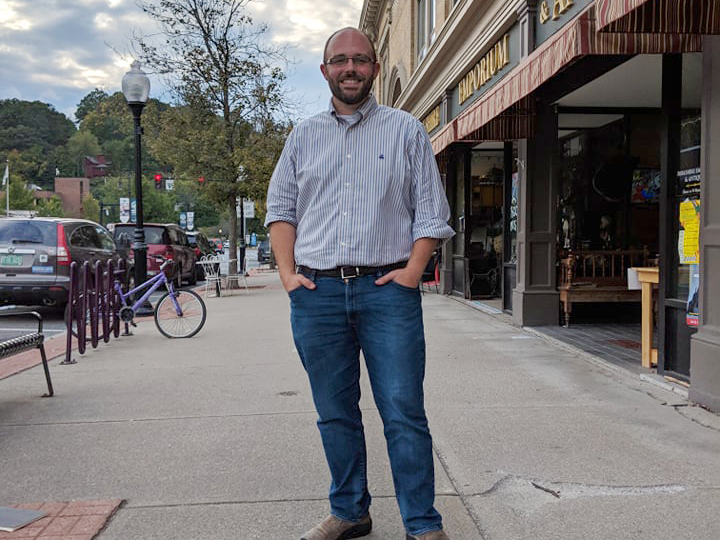


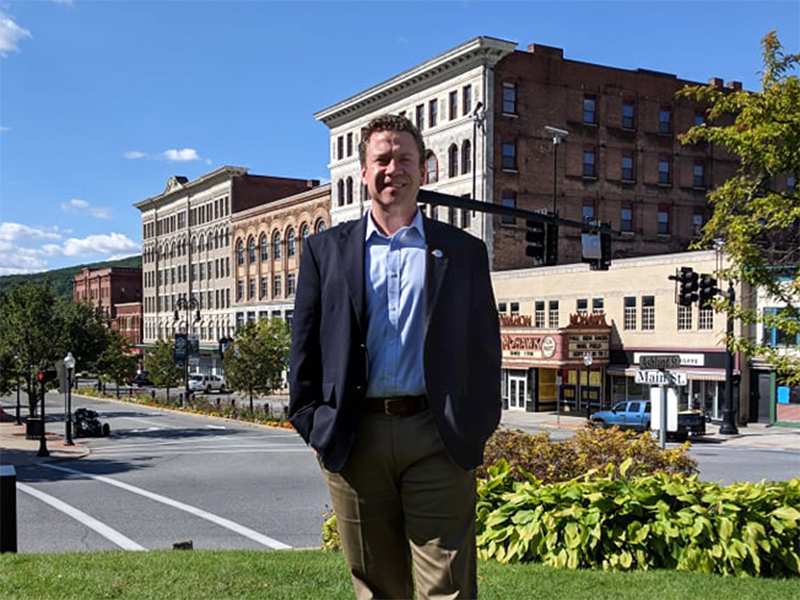
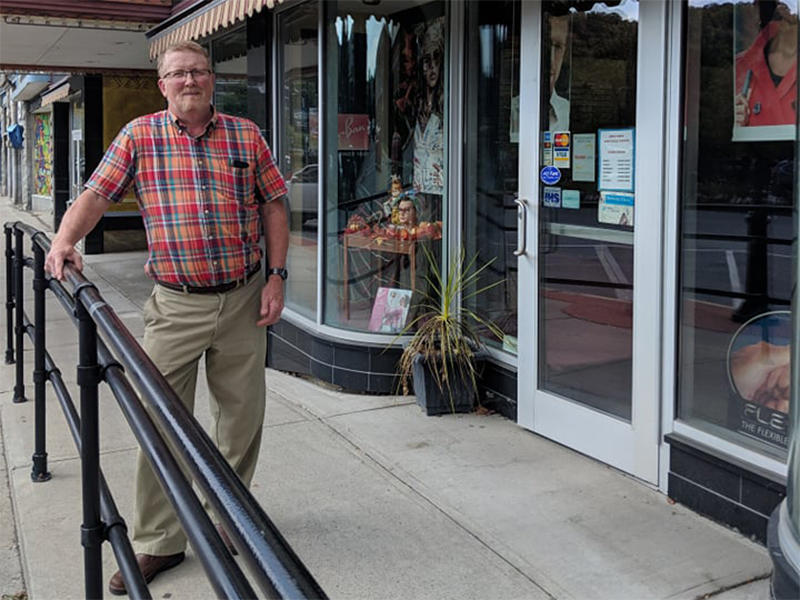
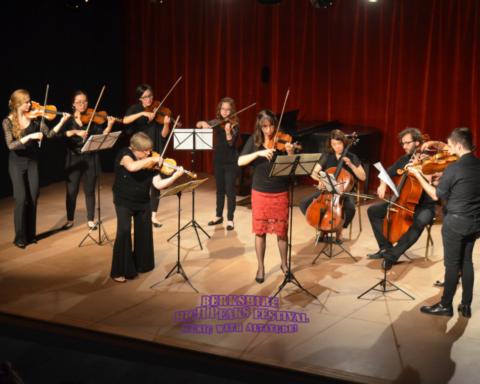


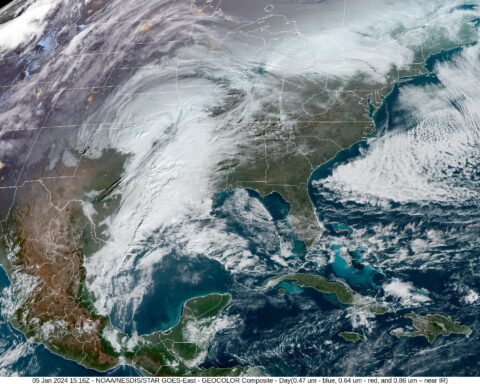
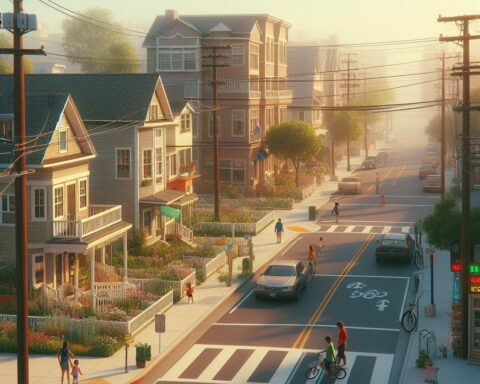









You must be logged in to post a comment.